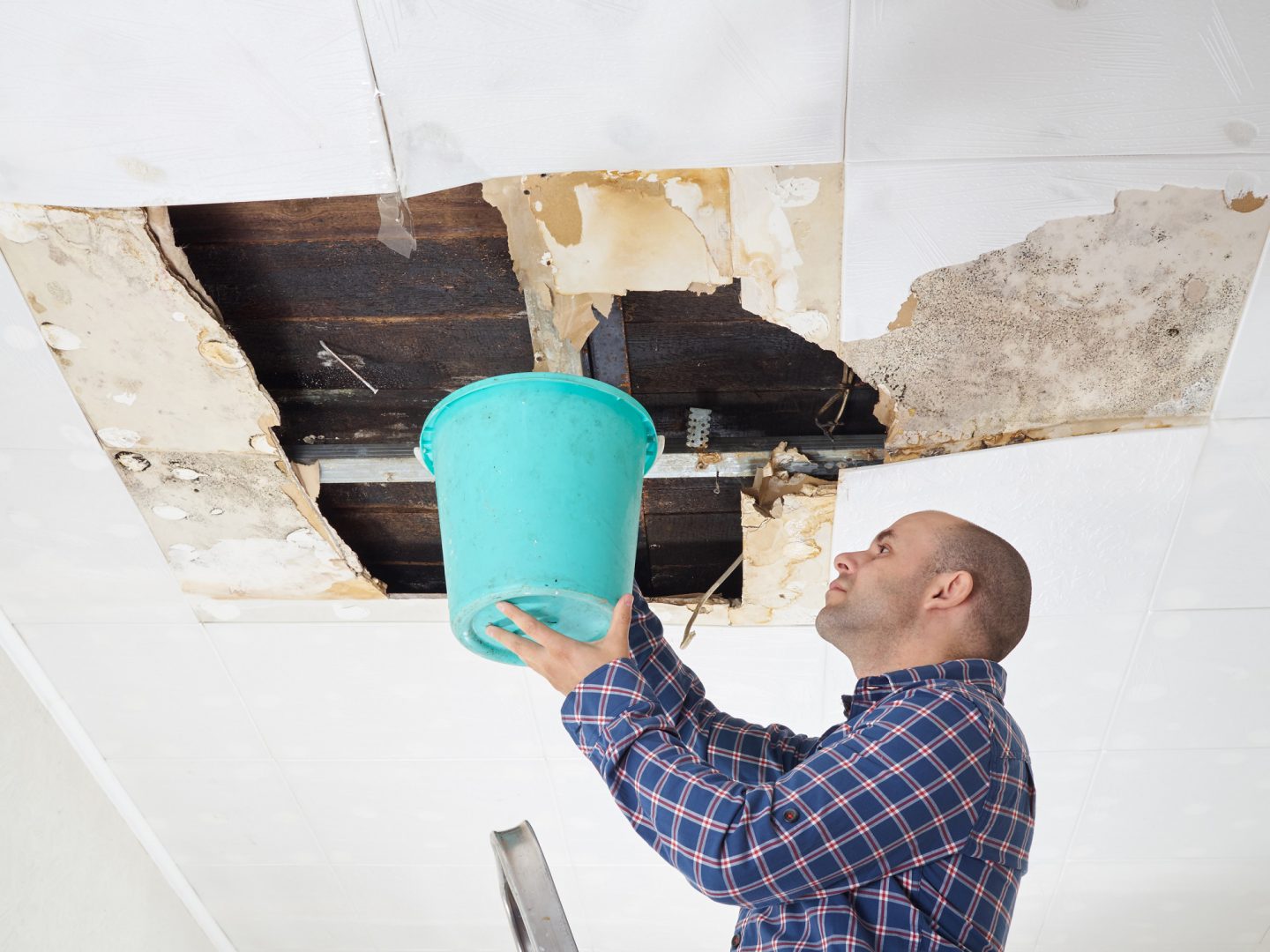
Storms can wreak havoc with high winds and heavy rains, often leaving your property vulnerable to water damage through leaks. As experts in property restoration, we understand the difficulty in dealing with the aftermath of a storm and the urgency to protect your building from further damage. Identifying the most common points where leaks occur is a crucial step in quick mitigation. These might include the roof, windows, doors, and foundation areas that are typically exposed and vulnerable.
Once these points are identified, taking immediate action to seal these leaks can prevent considerable damage. From applying tarps to using sealants, our guide walks you through the emergency repairs you can undertake to secure your property post-storm. This proactive approach helps control the damage and simplifies the restoration process, saving time and reducing costs. With this understanding, we aim to empower property owners with knowledge and practical skills to manage the immediate challenges posed by storm-induced leaks effectively.
Identify the Most Common Leak Points After a Storm
After a storm, it’s important for us to quickly assess and identify common leak points to prevent extensive water damage. Typically, the most vulnerable areas in any building include the roof, especially if it has shingles or tiles, which can be lifted or broken by strong winds. The seals around windows and doors are also prone to leaks, as they can fail under the persistent barrage of storm-driven rain. Additionally, the foundation and basements may allow water ingress if they’re not properly sealed or if drainage around the building is inadequate.
Gutters and downspouts can also become critical leak points. When they are clogged with debris from the storm, water cannot flow properly and may begin to pool, leading to overflow that seeps into the roof or walls. We inspect these areas closely, as addressing these vulnerabilities promptly can significantly reduce the risk of mold growth and structural damage.
Step-by-Step Guide to Temporarily Seal Leaks in Your Property
When facing leaks after a storm, taking immediate action is vital to prevent further damage. Here’s a straightforward guide on how to temporarily seal leaks:
- Inspect and Clean: Start by inspecting your roof, gutters, windows, and doors. Clean any debris from gutters to ensure adequate drainage and check for damage points.
- Cover Broken Windows and Doors: Use plywood or heavy-duty plastic sheeting to cover any broken windows or doors. Secure the materials with strong tape or nails, ensuring there are no gaps for water to enter.
- Apply Roofing Tar: For leaks on the roof, apply roofing tar to seal around chimney bases, vent pipes, and any other penetration points across the roof. Use a putty knife for application and ensure it’s spread evenly.
- Use Tarps on the Roof: Secure a tarp on the roof if there is extensive damage. Stretch it tightly over the leak area and beyond it, nailing down the edges to prevent water from seeping underneath.
- Sandbags for Ground Level: Place sandbags around doorways or other ground-level entry points where water might enter. This is particularly important for basements and lower levels of your property.
These temporary measures can help manage the situation until professional repairs are made. It’s also crucial to monitor these temporary seals during any additional rain to ensure they hold and provide adequate protection from further water intrusion.
Professional Solutions We Offer for Leak Repair and Restoration
At our core, we specialize in providing thorough and efficient solutions for leak repair and restoration, which is especially crucial after dealing with storm damage. When leaks go beyond simple DIY fixes, our skilled team steps in with professional repair solutions that ensure long-lasting results. First, we assess the full extent of the damage using advanced diagnostic tools. It is vital to understand the depth and source of the leaks to prevent future occurrences effectively.
Following our thorough assessment, we employ the latest techniques, such as structural drying, water extraction, and moisture removal to address the underlying issues caused by the leaks. We also repair any structural damage to roofs, walls, or foundations that could contribute to future leaks. Our goal is not just to repair the damage but to restore your property to its original, if not better, condition.
Preventative Measures to Protect Your Property from Future Storm Damage
Understanding preventative measures is key to minimizing future storm damage. Storms can strike unexpectedly, but being prepared can significantly lessen their impact on your property. One of the most effective preventive measures is regular inspections and maintenance of your property’s roof, windows, and doors. Ensuring these elements are in excellent condition can drastically reduce the risk of storm-related leaks.
We also recommend the installation of storm shutters for windows and reinforced doors to protect against high winds and flying debris. For added protection, consider upgrading your landscaping to promote better drainage away from your building, reducing the risk of flood damage. By implementing these strategies, you can fortify your property against the effects of future storms and maintain a safer environment for your home or business.
Conclusion
Dealing with leaks after a storm can be challenging, but understanding how to identify and temporarily fix leaks can prevent further damage until professional help arrives. At Restoration Masters, we are committed to providing top-notch repair and restoration services. Our team is equipped with the knowledge and tools necessary to bring your property back to its pre-storm condition.
If you’re dealing with storm damage or need expert advice on preventive measures, don’t hesitate to reach out. Let us help you protect and restore your property effectively. Contact Restoration Masters today and experience the peace of mind that comes with a professional and reliable water damage restoration service tailored to your needs.





